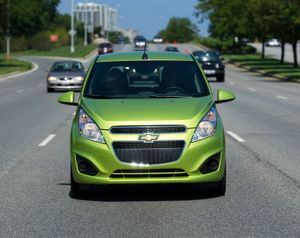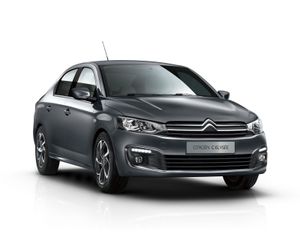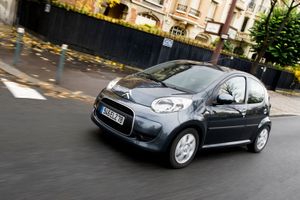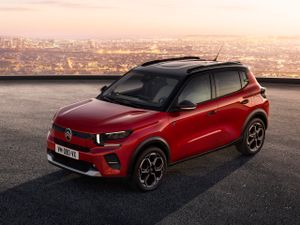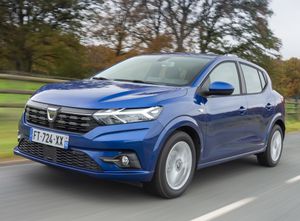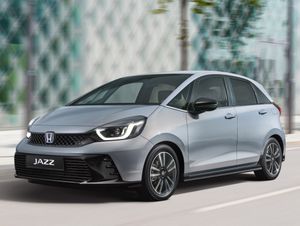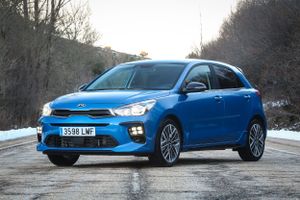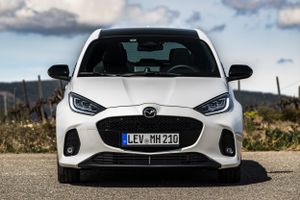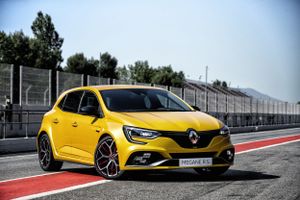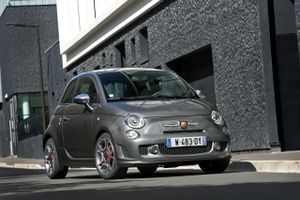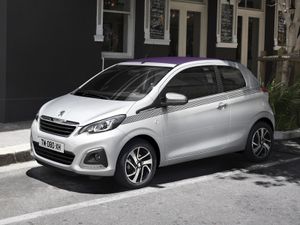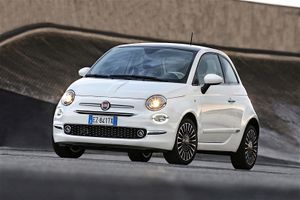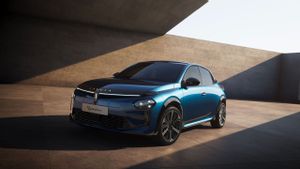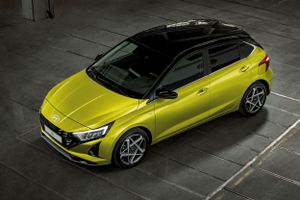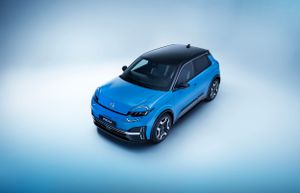Comparison of Toyota Yaris and Hyundai i10
Comparison of Toyota Yaris and Hyundai i10
Characteristics
Toyota Yaris and Hyundai i10
Transmission
Variable
Manual
Number of gears
5
Type of drive
FWD
FWD
Top speed
180 km/h
171 km/h
Acceleration to 100
10.2 sec
12.6 sec
Fuel tank capacity
36 l
Curb weight
990 kg
1 010 kg
Max weight
1 295 kg
1 430 kg
Length
3 490 mm
3 670 mm
Width
1 695 mm
1 680 mm
Height
1 500 mm
1 480 mm
Wheelbase
2 560 mm
2 425 mm
Front track width
1 531 mm
1 479 mm
Rear track width
1 528 mm
1 490 mm
Trunk volume min
286 l
252 l
Trunk volume max
947 l
1 050 l
U-turn diameter
9.5 m
Wheel size
175/70 R14
175/65 R15
195/50 R16
175/65 R15
195/50 R16
175/65 R14
185/55 R15
195/45 R16
185/55 R15
195/45 R16
Fuel consumption city
6.4 l
5.8 l
Fuel consumption highway
4.1 l
4.3 l
Average consumption
4.7 l
5.3 l
ECO class
Euro 6
Euro 6
CO2 emissions
101 g/km
121 g/km
Engine type
Gasoline
Gasoline
Engine location
Front, transverse
Front, transverse
Engine power system
Distributed injection (multi-point)
Direct injection (direct)
Engine capacity
1490 cm³
1197 cm³
Type of boost
No
No
Cylinder arrangement
Inline
Inline
Number of cylinders
3
4
Valves per cylinder
4
4
Compression ratio
14
11
Bore and stroke
80.5 x 97.6 mm
71 × 75.6 mm
Maximum power
125 (92 ) 5000
84 (61 ) 6000
Maximum torque N⋅m
153 4800
120 4200
Front suspension
Independent, spring
Independent, spring
Rear suspension
Semi-independent, torsion
Independent, spring
Front brakes
Ventilated disc
Ventilated disc
Rear brakes
Drum
Drum
Clearance
145
140
Trim version
Toyota Yaris and Hyundai i10
Driver's airbag
Passenger airbag
Side front airbags
Window airbags (curtains)
Between the front seats
Driver drowsiness detection
Tire pressure sensors
Locking the rear door locks
Keyless central locking
Immobilizer
Rear-view camera
Isofix for the back row
Cruise control
Cruise control
Cruise control
Anti-lock braking system (ABS)
Electronic stability program (ESP)
Hill start assist (HAS)
Emergency brake assist (BAS, EBD, EBA)
Automatic slip regulation (ASR)
Vehicle stability management system (VSM)
Collision avoidance system
Lane departure warning system
Traffic sign assist
Pedestrian detection system
Cyclist detection system
Rear occupant alert system
USB
Bluetooth
12V
Carplay
Front seat entertainment system
Android Auto
USB-C
Sound
Audio system
Audio system
Speakers
4 speakers
4 speakers
Folding rear seat
Leather steering wheel
Power window
Seat adjustment
Driver's seat adjustment
Front seats adjustment
Seat trim
Fabric seats
Steering wheel reach adjustment
Power steering
Power steering
Air conditioner
Air conditioner
Air conditioner
Power mirrors
Multifunction steering wheel
Donut tire
Light sensor
Rain sensor
Dynamic brake lights
Daytime running lights
High beam assist
Diameter
R15
R14
Material
Steel
Steel
Photos
Toyota Yaris
Hyundai i10
Comparison of Toyota Yaris with other cars
Comparison of Hyundai i10 with other cars
Today on the Market
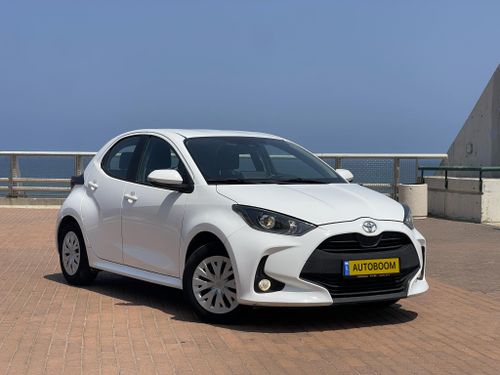
Toyota Yaris, 2023
₪ 94 990
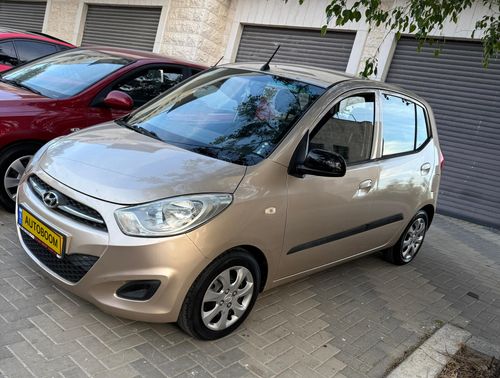
Hyundai i10, 2013
₪ 17 900
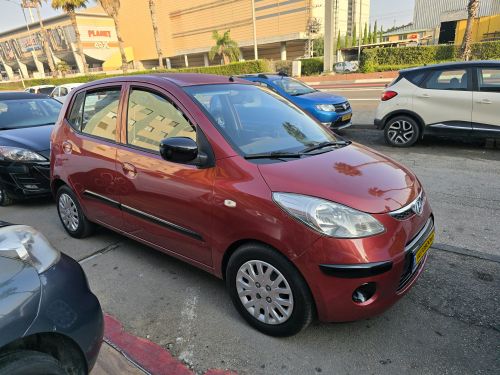
Hyundai i10, 2009
₪ 15 700
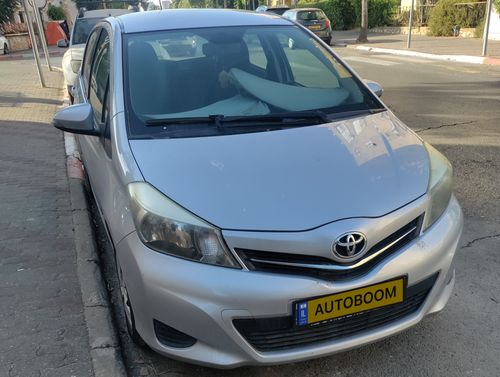
Toyota Yaris, 2014
₪ 35 000
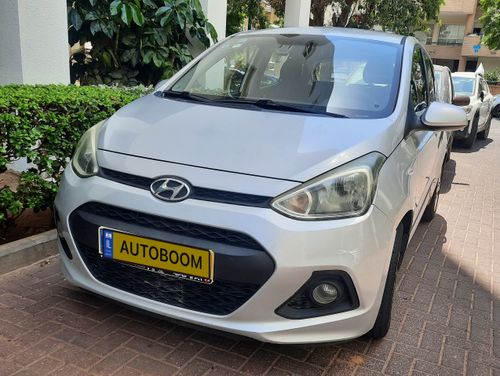
Hyundai i10, 2017
₪ 37 000
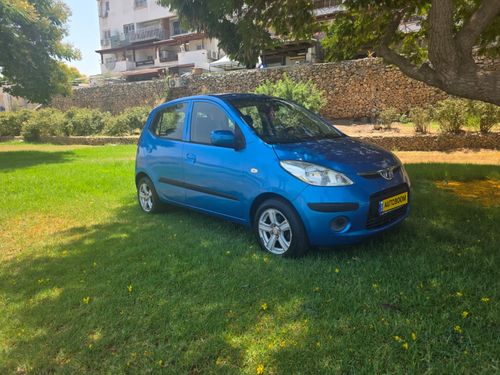
Hyundai i10, 2009
₪ 15 700

Hyundai i10, 2015
₪ 34 990

Toyota Yaris, 2019
₪ 58 990
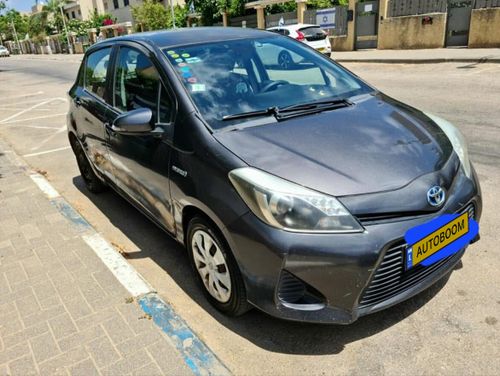
Toyota Yaris, 2012
₪ 35 500
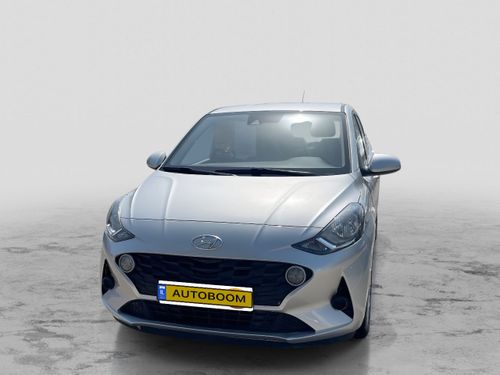
Hyundai i10, 2021
₪ 63 355
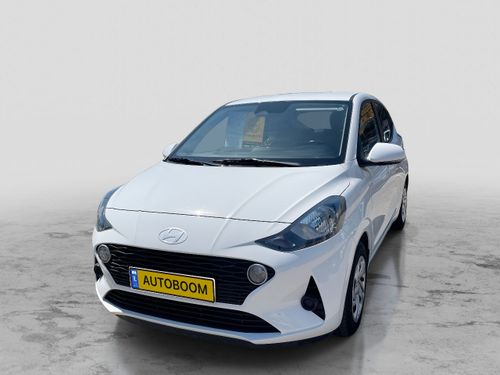
Hyundai i10, 2024
₪ 85 050
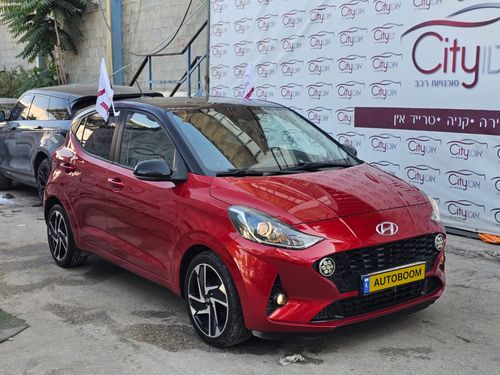
Hyundai i10, 2020
₪ 61 900
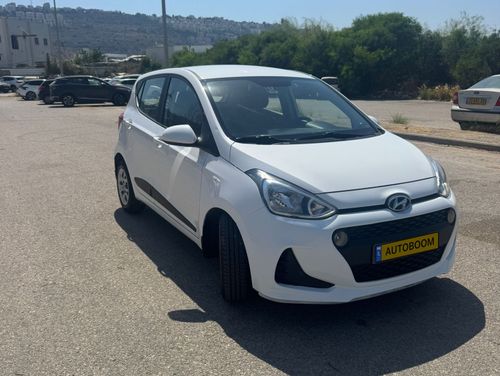
Hyundai i10, 2019
₪ 49 000
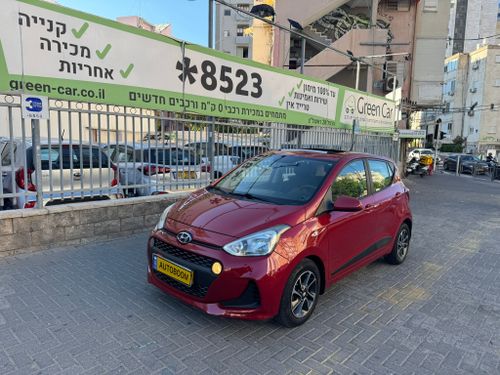
Hyundai i10, 2019
₪ 56 900
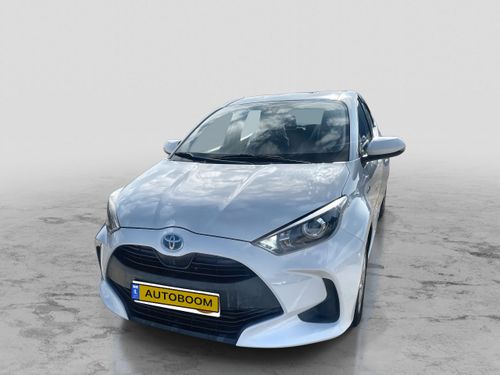
Toyota Yaris, 2021
₪ 99 995

Hyundai i10, 2022
₪ 82 260
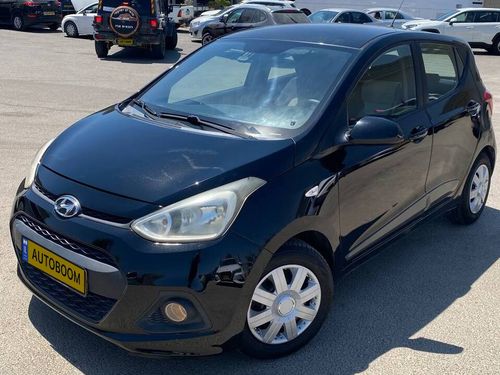
Hyundai i10, 2016
₪ 31 900
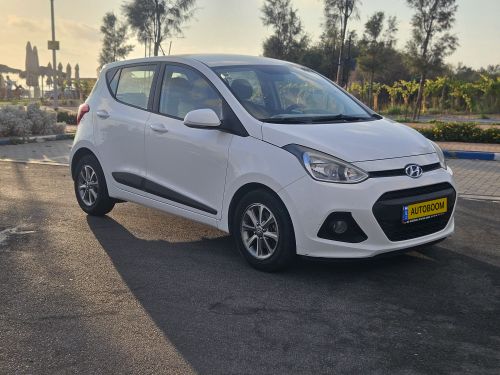
Hyundai i10, 2016
₪ 41 500
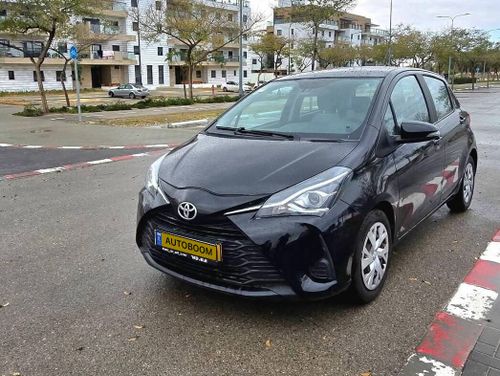
Toyota Yaris, 2019
₪ 62 900
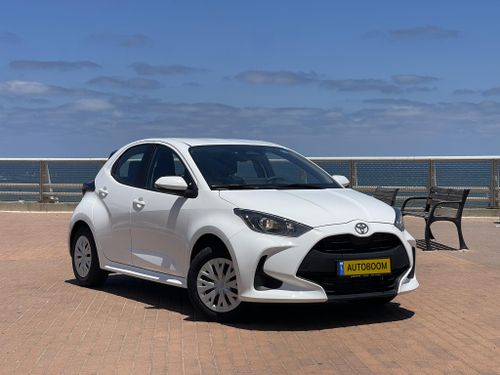
Toyota Yaris, 2025
₪ 139 990
Compare similar cars Toyota Yaris and Hyundai i10
Toyota Yaris and Hyundai i10 are two popular cars, each with its own unique advantages and features. The choice between Toyota Yaris and Hyundai i10 depends on the driver's needs and preferences.Toyota Yaris and Hyundai i10 are two popular cars, each with its own unique advantages and features. The choice between Toyota Yaris and Hyundai i10 depends on the driver's needs and preferences.


